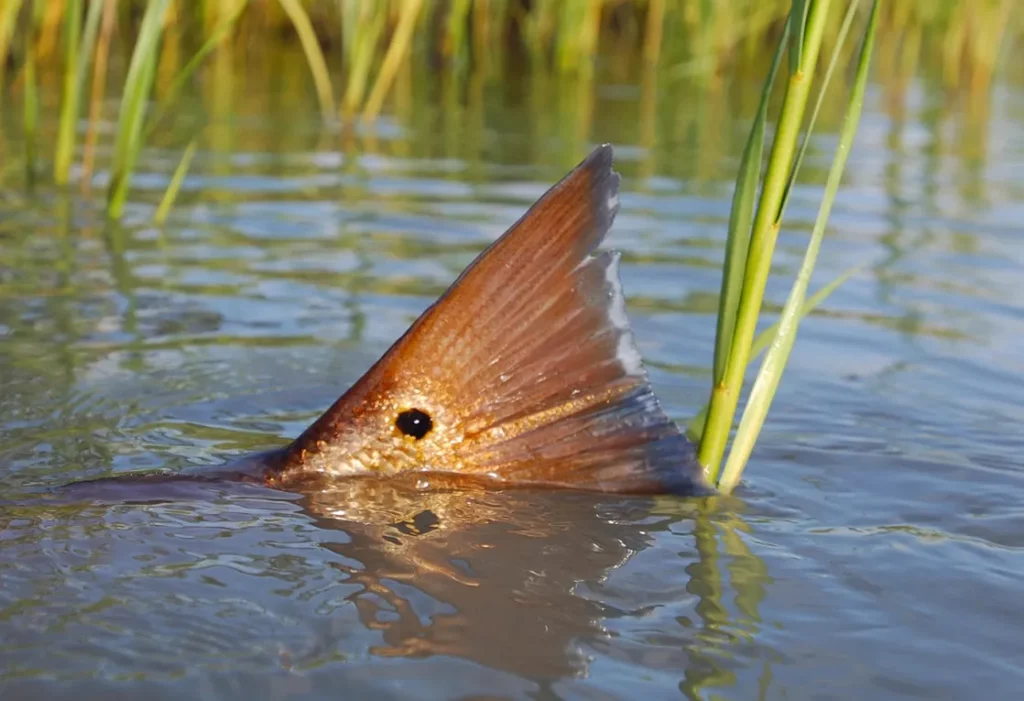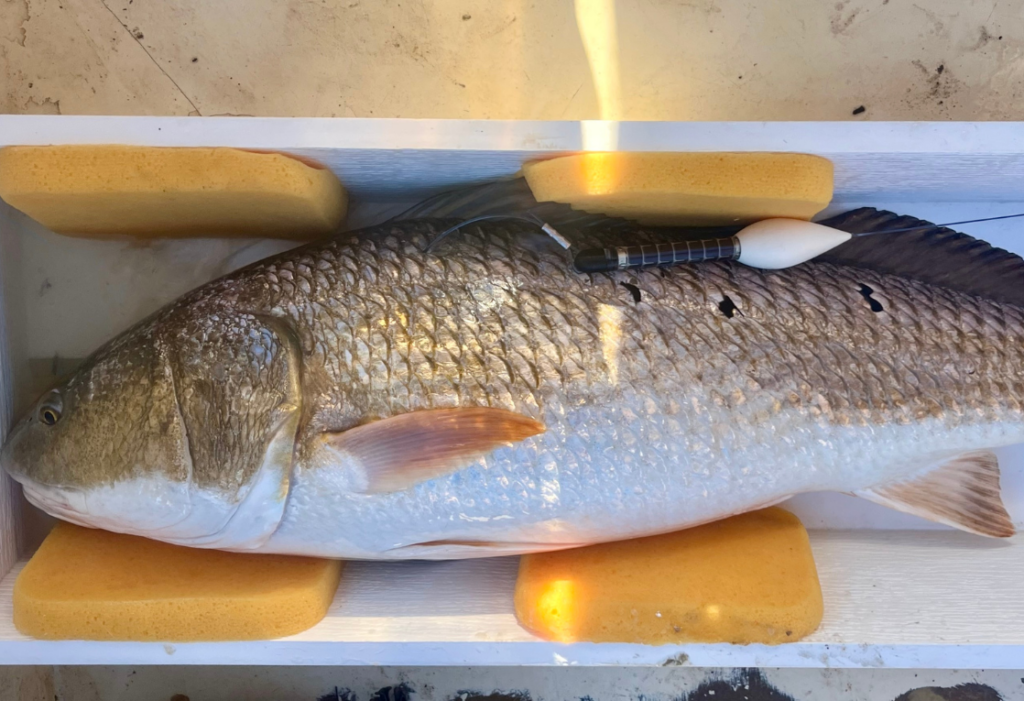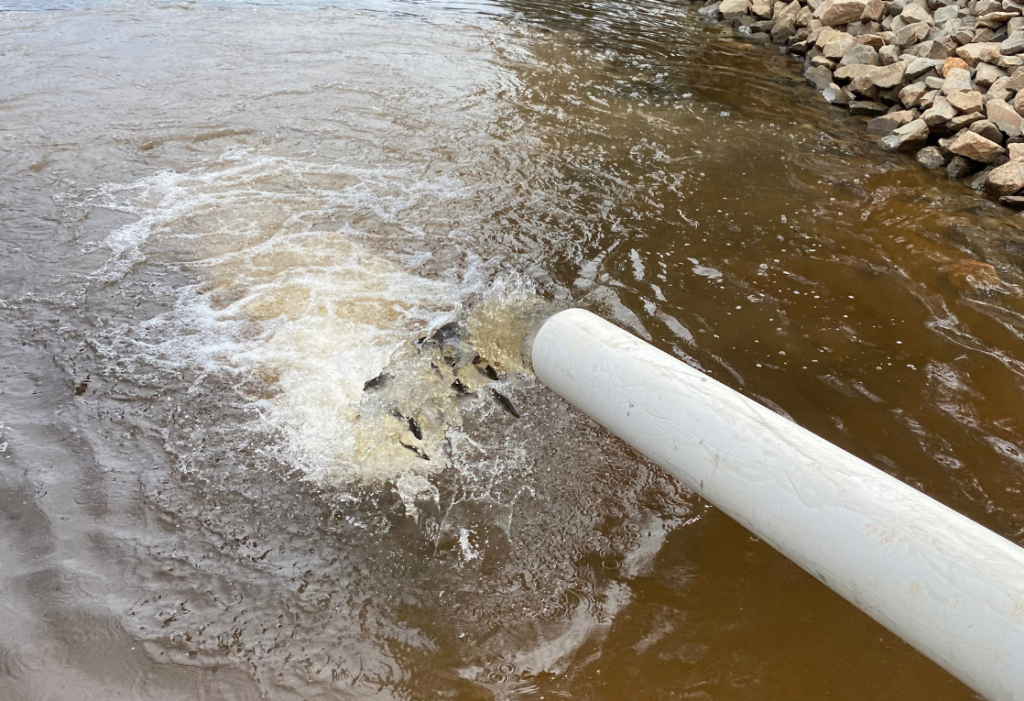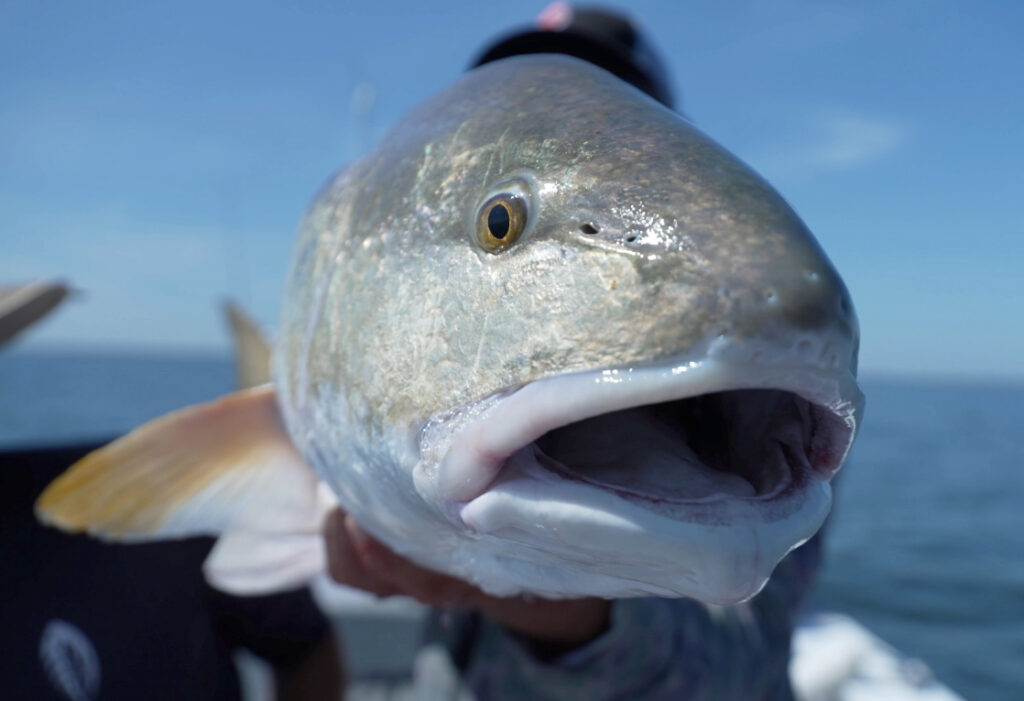
“Where can you find quick, current, and credible information for coastal fish populations?,” is a question frequently raised by citizens, anglers, watermen, and policymakers interested in understanding the condition of North Carolina’s inshore fisheries. In response, the NC Marine & Estuary Foundation developed FINDEX, an up-to-date index that utilizes the best available scientific data to provide a clean picture of our coastal fisheries.
How is it calculated?
Fishery Management Plans developed by the State guide most of the decision-making for North Carolina’s coastal fish species. Included within most plans is a peer-reviewed stock assessment which runs biological data for the species through various models. These models attempt to estimate current stock conditions while also predicting changes to the fishery over time under different harvest scenarios.
There are two models commonly used in stock assessments: 1) fishing mortality, and 2) spawning stock biomass.
Fishing mortality is the rate at which fish are removed from the population due to harvest and discards (also referred to as “bycatch” when fish are thrown back). When fishing mortality rates go down, this is an indication that fewer fish are being removed.
Spawning stock biomass generally refers to the number of spawning females in the population; as this number goes up, then conceptually there would be more eggs produced, and therefore a higher abundance of fish.
Parameters are established for each model type that specify “target” and “threshold” values. If met, the “target” value suggests the stock is stable (or sustainable) and not overfished. The “threshold” value is a percentage of the “target” value and is used to measure progress toward rebuilding. “Target” and “threshold” values are assigned by biologists and modelers and are subjective and debatable; however, NC Marine & Estuary Foundation staff has chosen to use the values assigned in the peer-reviewed stock assessment in FINDEX calculations.
FINDEX measures the gaps between the “target” values in each model and the most recent annual estimate of those values often called the “terminal-year estimate.” The gaps in both the fishing mortality model and the spawning stock biomass model are combined to create the novel FINDEX metric.
(Fishing Mortality GAP x Spawning Stock Biomass GAP) x 100 = FINDEX
The status categories in FINDEX (Depleted, Rebuilding, Stable, Robust, and World-Class) are measured as they relate the most recent annual estimate to its percentage of “target” and “threshold” values.
For example, “Stable” status is assigned to any stock with a FINDEX value reaching 100%. At a value of 100%, the “terminal-year estimate” for fishing mortality and spawning stock biomass hit the “target” values.
What’s next?
A new species will be highlighted monthly throughout 2022 with FINDEX status provided. For those interested, FINDEX will be delivered at the end of each month to Think Coastal subscribers.
Note: There is a significant time lag associated with updates to the State stock assessments; usually 5 years, and sometimes 10+ years. For this reason, FINDEX calculations may not accurately describe current conditions – instead, FINDEX provides the most recent data available.
NC Marine & Estuary staff remains hopeful that the stock assessment models will be updated annually to provide citizens and policymakers with up-to-date information to highlight the current need for improvements to our coastal fisheries.




